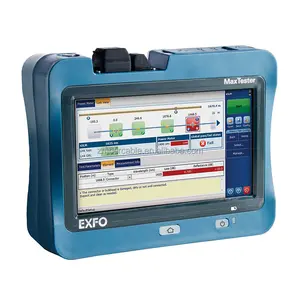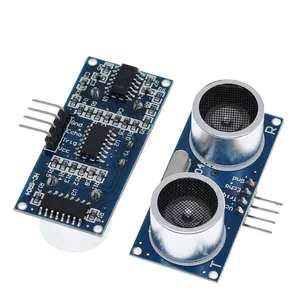Popular in your industry


































































































































































Top categories
About diode diac
Understanding Diode DIACs
Diode DIACs, or simply DIACs, stand as a specialized category of electronic components designed for triggering thyristors. These components are bidirectional, meaning they can conduct current in both directions once their breakover voltage is reached. DIACs are commonly used in light dimmers, motor speed controls, and other applications requiring a stable trigger for controlling power.
Types and Materials
The construction of DIACs typically involves semiconductor materials like silicon. They are formed from two PN junctions, providing their bidirectional conductivity. Variants such as the db3 diode and db4 diode are prevalent in the market, each tailored for specific voltage requirements. The db3 diac, for instance, is a common type utilized in triggering applications due to its consistent breakover voltage level.
Applications and Features
DIACs are integral in creating reliable and efficient electronic circuits. The diac trigger is a feature that makes them suitable for use in phase control circuits, such as those found in light dimmers. The diac bidirectional nature allows for the control of AC power, while the bidirectional trigger diode is essential for triggering triacs in AC switches. The diac db3 circuit is a classic example, often employed in lamp dimming and motor speed control circuits due to its effective triggering characteristics.
Advantages and Selectivity
DIACs offer several advantages in circuit design. Their ability to control the timing of a triac's triggering phase can significantly enhance the performance of a circuit. The diac st2, for instance, is known for its sharp breakover characteristics, which contribute to precise control in various applications. Additionally, the zener db3 variant is recognized for its voltage stabilization features, often used in conjunction with DIACs to ensure consistent performance.
Choosing the Right DIAC
Selecting the appropriate DIAC is crucial for the intended application. Factors such as breakover voltage, current rating, and package type must be considered. While the db3 diac price and diac db3 price are not specified, it is essential to compare different types based on their specifications rather than cost alone. The diac db6 and db4 diac, for example, cater to different voltage ranges and are chosen based on the circuit requirements.
Conclusion
In conclusion, DIACs are versatile components essential for controlling power in various electronic applications. With their bidirectional conductivity and ability to stabilize and trigger currents, they are a staple in modern electronic design. When sourcing DIACs, it is important to consider the specific needs of your circuit to ensure optimal performance.














































